Reign 1079–1102 Successor Boleslaw III Wrymouth | Predecessor Boleslaw II the Bold Name Wladyslaw Herman | |
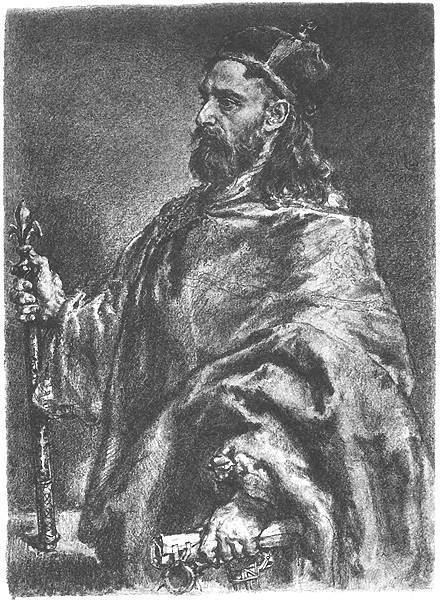 | ||
Died 4 June 1102 (aged 58)Plock, Poland Burial Masovian Blessed Virgin Mary Cathedral, Plock, Poland Spouse Przeclawa (Prawdzic?)Judith of BohemiaJudith of Swabia | ||
Historia na szybko w adys aw i herman cz 1 historia polski 14 1082 1088
Władysław I Herman (c. 1044 – 4 June 1102) was a Duke of Poland from 1079 until his death.
Contents
- Historia na szybko w adys aw i herman cz 1 historia polski 14 1082 1088
- Historia na szybko w adys aw i herman cz 2 historia polski 15 1088 1102
- Biography
- Health issues
- Marriages and issue
- References

He was the second son of Casimir I the Restorer by his wife Maria Dobroniega, daughter of Vladimir the Great, Grand Duke of Kiev.

Historia na szybko w adys aw i herman cz 2 historia polski 15 1088 1102
Biography
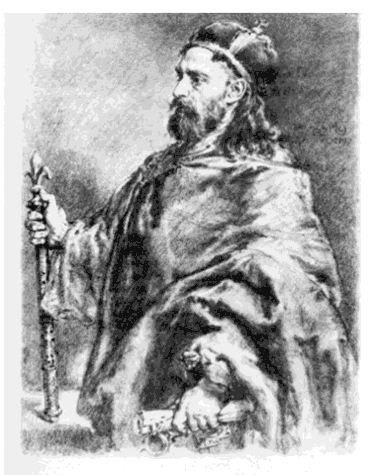
As the second son, Władysław was not destined for the throne. However, due to the flight from Poland of his older brother Bolesław II the Bold in 1079, he was elevated to the rank of Duke of Poland. Opinions vary on whether Władysław played an active role in the plot to depose his brother or whether he was handed the authority simply because he was the most proper person, being the next in line in the absence of the king and his son Mieszko Bolesławowic.
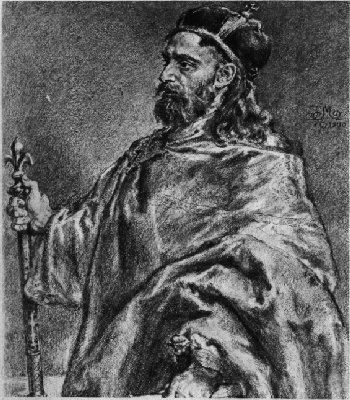
In 1080, in order to improve the relations between Poland and Bohemia, Władysław married Judith, the daughter of the Duke (and first King from 1085) Vratislaus II. After this, the foreign policy of the Duke gravitated strongly towards appeasement of the Holy Roman Empire.
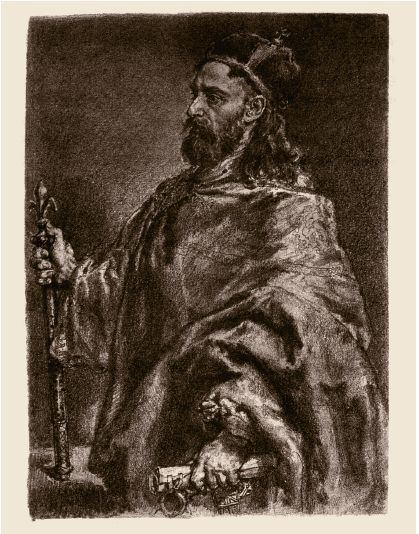
He accepted overlordship of the Empire, and when in 1085 while in Mainz the Holy Roman Emperor Henry IV announced that his brother-in-law Vratislaus II to be King of Bohemia and Poland, Władysław did not object. He also never pursued the Royal crown due to his subservient status. Soon after, he was forced by the barons of Poland to recall from exile in Hungary his nephew and rightful heir to the Polish throne, Mieszko Bolesławowic. The young prince accepted the overlordship of his uncle and gave up his hereditary claims in exchange for becoming first in line of succession. Władysław was forced to accept the terms of his nephew, because his eldest and only son at that time, Zbigniew, was illegitimate because he had been born from a union not recognized by the church. Władysław's relations with the Emperor were considerably improved after his second marriage with his sister Judith (also Dowager Queen of Hungary) in 1089.
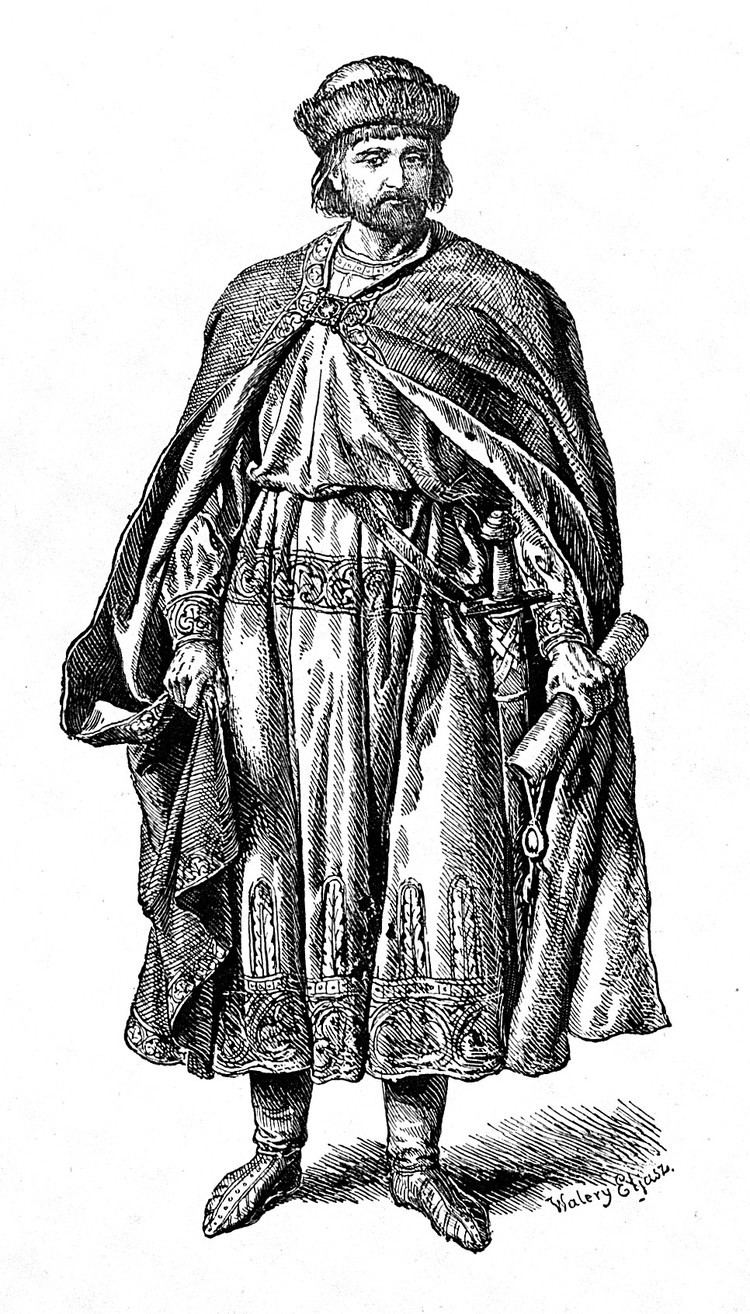
Władysław abandoned the alliance with Hungary favored by his deposed brother, and joined the anti-Papal camp. Also, he resumed paying tribute for Silesia to Bohemia. In addition Kraków and Cieszyn were ceded to Bohemia, Lubusz Land was lost to Germany while Przemyśl Land in the east was lost to Halych-Ruthenia. Władysław did make attempts to regain the control of Pomerania, and through numerous expeditions was temporarily (1090–1091) able to do so.
Although Władysław was formally Dux and an Overlord of Poland, in reality the barons who banished his brother used this victory to strengthen their position. It's not surprising therefore, that within a short time the Duke was forced to give up the government to his Count Palatine, (Polish: wojewoda) a high born noble named Sieciech. Sieciech's administration of the realm was negatively perceived by those of the barons who were not the beneficiaries of the power shift.
The birth of the future Bolesław III completely changed the political situation in Poland. Mieszko Boleslawowic was already seventeen at that time and was, by the previous agreement made after his return, the first in line to succeed. In 1089 Mieszko died under mysterious circumstances, probably poisoned on the orders of Sieciech and Duchess Judith-Sophia. Almost immediately, Zbigniew was sent to Germany and placed in the Quedlinburg Abbey. With the idea of forcing his first-born son to take the holy vows, Władysław intended to deprive him of any chance of succession.
In 1090 Sieciech, with help of Polish forces under his command, managed to gain control of Gdańsk Pomerania, albeit for a short time. Major towns were garrisoned by Polish troops, the rest were burned, in order to thwart any future resistance. Several months later, however, a rebellion of native elites led to the restoration of the region’s independence from Poland.
Sieciech's tyrannical rule reflected negatively on Władysław, causing a massive political migration out of Poland. In 1093 Silesia rebelled, and the comes Magnus with the assistance of the Bohemian and Polish knights welcomed Zbigniew after he escaped from Germany; however, soon Sieciech captured the prince and imprisoned him. The increasing dissatisfaction in the country forced the release of Zbigniew in 1097. Immediately after this Władysław (after an unsuccessfully retaliatory expedition against Silesia and forced to recognize Zbigniew as the legitimate heir) appointed his sons as commanders of the army which was formed in order to recapture Gdańsk Pomerania.
Simultaneously a great migration of Jews from Western Europe to Poland began circa 1096, around the time of the First Crusade. Władysław, a tolerant ruler, attracted the Jews into his domains, and permitted to settle throughout the entire country without restriction.
Soon Zbigniew and Bolesław decided to join forces and demanded that the reigns of the government should be handed over to them. Władysław agreed to divide the realm between the brothers, each to be granted his own province while he himself kept control of Mazovia and its capital at Płock. Władysław also retained control of the most important cities i.e. Wrocław, Kraków and Sandomierz. Zbigniew’s province encompassed Greater Poland including Gniezno, Kuyavia, Łęczyca and Sieradz. Bolesław’s territory included Lesser Poland, Silesia and Lubusz Land.
However, Sieciech, alarmed by the evident diminution of his power, began to intrigue against the brothers. Władysław decided to support him against his own sons. Defeated, in 1101 and after the mediation of the Archbishop of Gniezno Martin, the Duke was forced to confiscate Sieciech's properties and exiled him.
Władysław died on 4 June 1102, without resolving the issue of succession, leaving his sons to struggle for supremacy. His body was interned in the Płock Cathedral.
Władysław founded several churches in Poland. Most notably he was the founder of the Romanesque Wawel Cathedral of which the Silver Bells Tower still remains standing. He was also very fond of Saint Giles (Polish: Idzi) to whom he founded no less than three churches: in Kraków, Inowlodz and Giebultow. This is attributed to the fact that while his first wife was finally pregnant after six years of childless marriage, the Duke sent rich gifts to the Benedictine monastery of Saint Gilles in southern France, begging for a healthy child. When a boy was born, Wladyslaw began building churches in his honor. According to legend, he also founded a church "on the sand" dedicated to the Virgin Mary, which was later granted to the Carmelites.
Health issues
According to Gallus Anonymus, Władysław long suffered from a debilitating ailment that affected his legs. There is also a legend which states that in 1086 Władysław was affected by a terrible pox, with abscesses that affected his nose and face. According to the legend Holy Virgin appeared in the duke's dream and led him to find the cure in the sandy area outside the city. Once healed Władysław founded a Church of Holiest Virgin Mary "on the sand" in the spot where he found the cure.
Marriages and issue
Before Władysław took the title of Duke of Poland, probably during the 1070s, he had a relationship with a certain Przecława, whose exact origins are unknown, although some sources stated that she belonged to the Prawdzic clan. Her status is also a matter of dispute among the historians: some believed that she only was Władysław's mistress and others asserted that she was his wife, but this union was performed under pagan rituals and in consequence not recognized by the Church as a valid marriage. By 1080, one year after Władysław ascended to the Polish throne, Przecława either died or was sent away; it's believed by some sources that after she was dismissed by the Duke, Przecława took the veil under the name of Christina (Polish: Krystyna) and died around 1092. This union produced a son, Zbigniew (b. c. 1070/73 – d. c. 1112/14), who was considered illegitimate.
In 1080 Władysław married firstly with Judith (b. c. 1056 – d. 25 December 1086), daughter of Duke (and since 1085 King) Vratislaus II of Bohemia. They had one son:
- Bolesław III Wrymouth (b. 20 August 1086 – d. 28 October 1138).
In 1089 Władysław married secondly with Judith (b. 9 April 1054 – d. 14 March c. 1105), daughter of Henry III, Holy Roman Emperor and widow of King Solomon of Hungary. They had four daughters:
- Sophia (b. c. 1089 – d. bef. 12 May 1112), married bef. 1108 to Yaroslav Sviatopolkovich, Prince of Volhynia, son of Sviatopolk II of Kiev.
- Agnes (b. c. 1090 – d. 29 December 1127), Abbess of Quedlinburg (1110) and Gandersheim (1111).
- Adelaide (b. c. 1091 – d. 25/26 March 1127), married bef. 1118 to Dietrich III, Count of Vohburg and Margrave of the Northern March.
- A daughter (b. c. 1092 – d. bef. 1111), married c. 1111 with a Polish lord.
